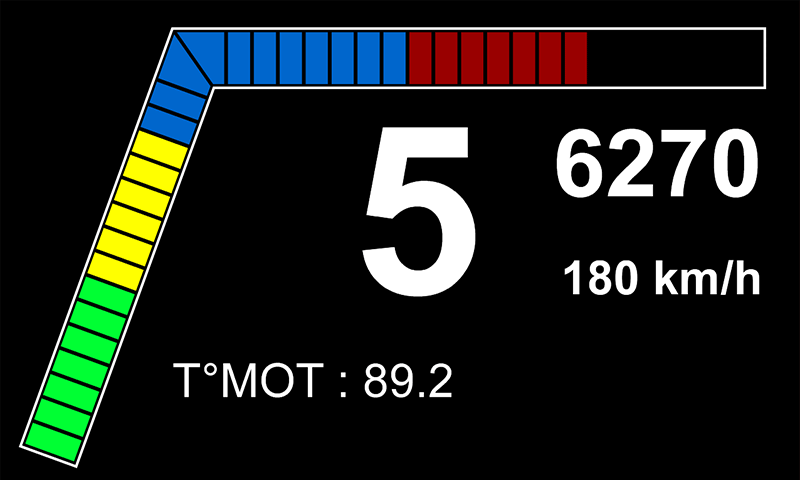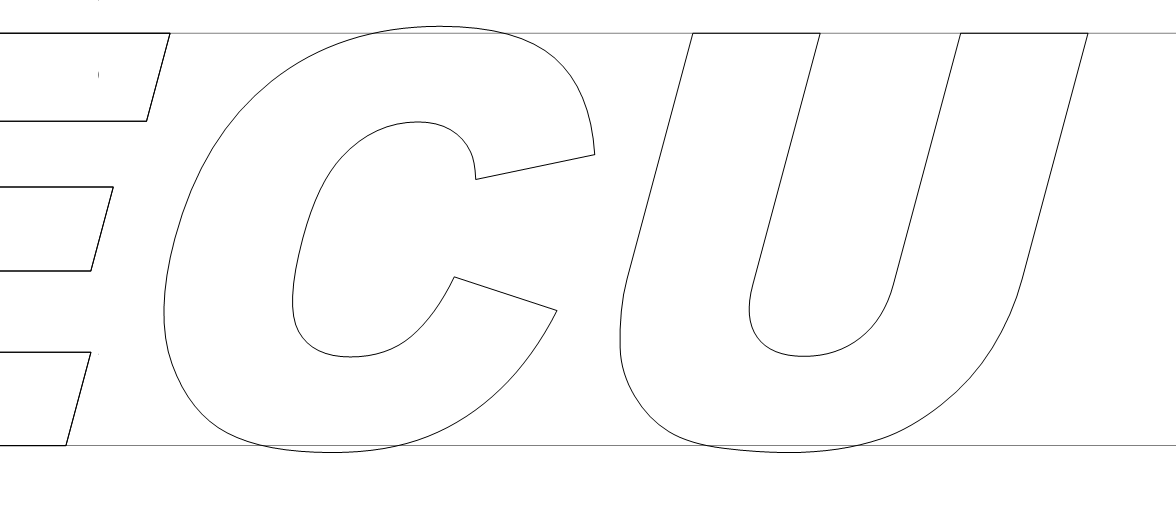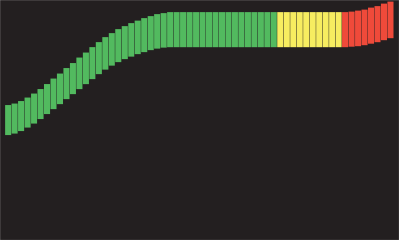Hello,
I'm currently think about a dashboard I want to make using Teensy. I found this screen :
http://www.buydisplay.com/default/5-inch-tft-lcd-module-800x480-display-controller-i2c-serial-spi
After some research it seem that there is an optimized library for RA8875 chipset fitted on this screen : https://github.com/sumotoy/RA8875
But I'm unsure about what i have to order here.
My guess :
Interface : Pin Header Connection - 4 wire SPI
Power Supply : VDD 3.3V
Touch Panel : this is not something that I really need, but if I fit one, user should use it with gloves. So Resistive or Capacitive ?
MicroSD card Interface : Pin Header Connection
Font Chip : Here is my best guess Is this something that I really need to have ?
Is this something that I really need to have ?
Thank for any support you can give.
Regards,
Manu
I'm currently think about a dashboard I want to make using Teensy. I found this screen :
http://www.buydisplay.com/default/5-inch-tft-lcd-module-800x480-display-controller-i2c-serial-spi
After some research it seem that there is an optimized library for RA8875 chipset fitted on this screen : https://github.com/sumotoy/RA8875
But I'm unsure about what i have to order here.
My guess :
Interface : Pin Header Connection - 4 wire SPI
Power Supply : VDD 3.3V
Touch Panel : this is not something that I really need, but if I fit one, user should use it with gloves. So Resistive or Capacitive ?
MicroSD card Interface : Pin Header Connection
Font Chip : Here is my best guess
Thank for any support you can give.
Regards,
Manu




